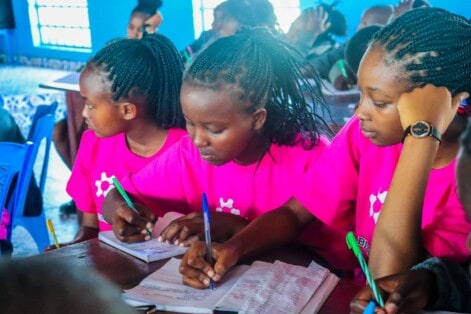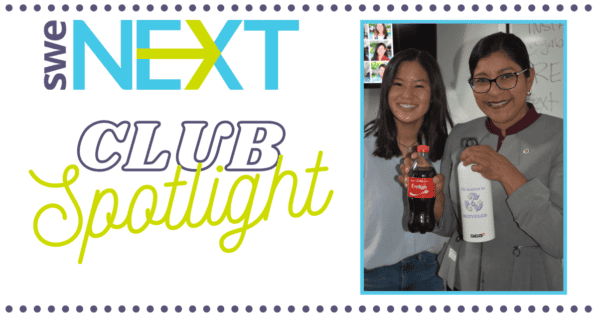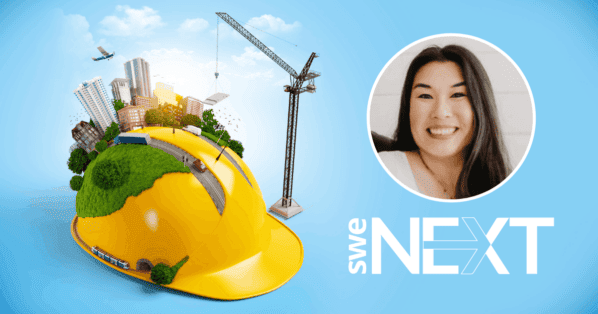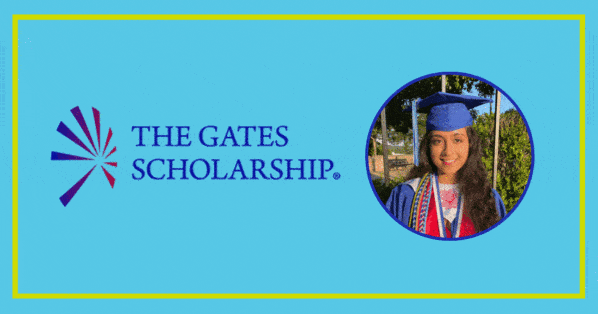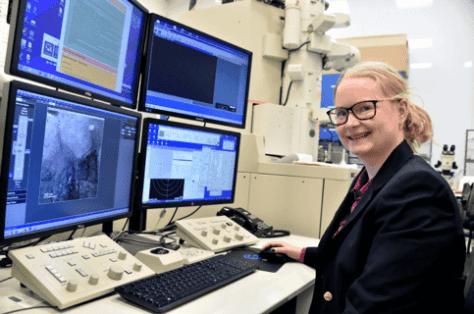
I was interested in Nuclear Engineering from an early age when I did a science project on Enrico Fermi, a Manhattan project scientist and one of the giants of nuclear physics and engineering. My dad was a Mechanical Engineer in the Navy, serving on nuclear submarines, and I found that we “spoke” the same language. I took many science classes in high school, was involved in Science Olympiad, and continued to read many books on physics and science in my free time.
I went to Purdue University and received a Bachelor’s degree in Nuclear Engineering. I became interested in the materials challenges associated with the nuclear field, i.e. how materials can withstand the extreme environments of radiation, mechanical stresses, and corrosion. I applied to Ph.D. programs and chose to attend the University of Michigan. I received my Masters and Ph.D. in Nuclear Engineering. My topic of study was how to use ion irradiation as a surrogate for neutron irradiation to study prospective reactor materials.
Even before graduate school, I knew I wanted to teach in some capacity. I knew I needed to have a Ph.D. to teach Nuclear Engineering at the college level, which partially motivated my decision to go to graduate school. Educating the next generation of engineers as well as the general public has been a passion of mine, so after graduate school I applied for faculty positions and ended up becoming an Assistant Professor of Mechanical Engineering at the United States Naval Academy.
The United States Naval Academy is a primarily teaching-based university, which means I spend about 80% of the time teaching and about 20% researching. I am able to spend a lot of time one-on-one with my students, which I find extremely rewarding. My favorite part of my day is when a student suddenly understands something they’ve been struggling with – that “ah-ha” moment.
My current research is a combination of Nuclear Engineering and Materials Science. I am looking at advanced materials for prospective reactor designs. I am excited about fast reactors and their potential utilization of fuel to high burnup. This means that we would be able to run reactors longer on the same amount of uranium, but this requires strong and radiation tolerant materials.
Although there are not many women in Nuclear Engineering, I have never seen this as impeding my career goals. Rather, I choose to see it as a benefit as it means I am memorable. I also have been very active in the Society of Women Engineers (SWE), which has provided a network for mentorship, professional development, and, more importantly, lots of friends to hang out with and complain to when classes got tough. We even had a SWE group bachelorette party, when 4 of us were about to be married during graduate school! There will always be people who are surprised to hear I am a Nuclear Engineer, but the overall response is positive.
If you love math and physics, and are thinking of a career in Nuclear Engineering or any type of engineering, my best advice is to follow what makes you excited and not to consider what other people think. Engineering and engineering school are tough, so being excited about what you are studying, even when it’s hard, is crucial.
Author
-

SWE Blog provides up-to-date information and news about the Society and how our members are making a difference every day. You’ll find stories about SWE members, engineering, technology, and other STEM-related topics.


